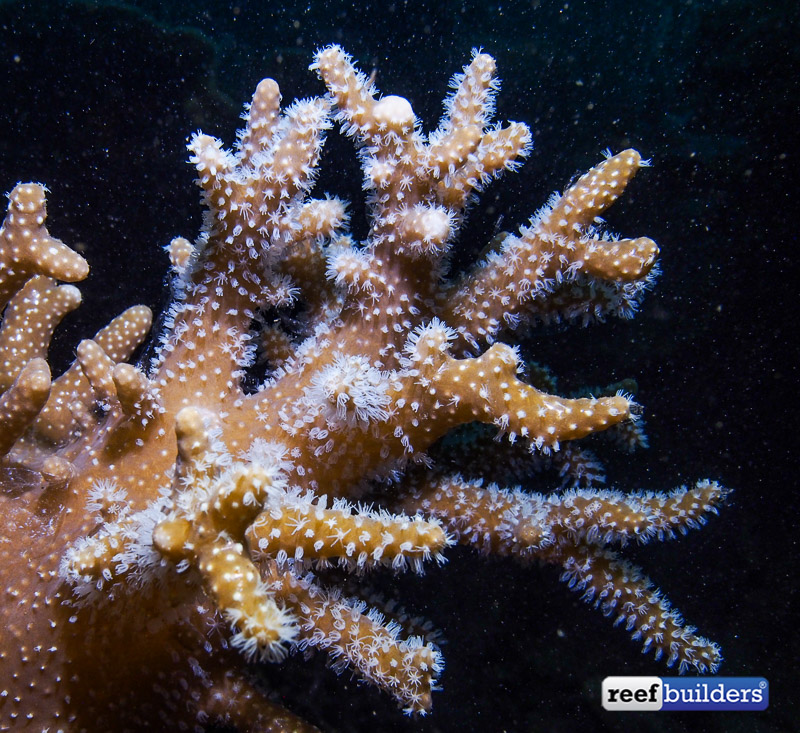Soft corals are called “soft corals” because they are kind of like corals, and they are primarily soft. We know that there are always exceptions to every rule in the animal kingdom, and the most notable of these in the Octocorallia soft corals are Heliopora Blue Ridge coral, and the classic Tubipora Pipe Organ. But what would you say if we told you that there’s a Sinularia soft coral that builds branches thicker and heavier than nearly any other stony coral?
We have read and heard about this particular reef building Sinularia in scientific papers before. However, the dark grainy images appeared to merely show that some larger specimens of these Sinularia had simply accumulated a large amount of sclerites in their bases, leading to a modest accumulation of solid on the reef. While in the Solomon Islands recently we had the great fortune of seeing these Sinularia in person and we can tell you that they are incredible!
For more than half of our lives we’ve been aquarists taught to believe that soft corals are freaking soft corals, and that’s that. So you can imagine our complete shock when we witnessed these very unique Sinularia corals with basal branches so massive as to rival the thickest, heaviest Tonga branch rock you’ve ever seen.

In our first encounter we saw what appeared to be several large 12 to 18 inch colonies of nondescript Sinularia soft corals living on top of dead branching coral skeletons. However, upon further reflection we realized that the turbid reef we were diving on had no such corals capable of building such massive branches, and further inspection revealed that the bases of these Sinularia were actually continuous and being built by these particular soft corals.
The appearance of these Sinularia on top of these massive branching bases of calcium carbonate is not unlike the Joshua Trees of the Southern California desert, and we nicknamed them the Joshua Tree Soft Coral. We were even more thrilled that this coral was not that uncommon on other, clear water reefs where it built a substantial part of the reef structure right alongside many other tried and true Scleractinia.

Outside the turbid water, chalice coral reef, the reef building Sinularia often grew branches so tall and massive that plenty of other stony corals would settle out on them, and start growing right on this unique stony “coral formation”. In one case we even saw a large colony of this Sinularia species going head to head with a cat’s paw Isopora palifera going head to head to see which coral could grow the most reef.

Upon returning home, further investigation revealed that this phenomenon of reef building Sinularia soft coral was fairly well documented, in Taiwan and in the Red Sea. The species in question have been identified as Sinularia leptoclados, S. gibberosa, and S. minima, and their bases have been documented to be nearly four feet long, and over eight inches thick. These basal branches are not part of the coral colonies’ living soft branches, but instead they appear to be an accumulation of sclerites from the base of these corals that truly do develop on purpose to form what is known as sclerite-aragonite.
Further discussion with Mr. Julian Sprung revealed to us that these reef-building Sinularia are the same species complex as the “pulsing Sinularia” that were enjoyed in the marine aquarium hobby in the early 2000s, so we do know that this coral species has made its way into the hobby. Alas, the sclerite-aragonite calcification process is a much slower one than what we experience with stony corals in home aquaria so we have yet to see these Joshua Tree soft corals develop in our home aquaria, yet.
H. Schumacher. Soft Corals as Reef Builders. Proceeding of the 8th International Coral Reef Symposium. 1997



